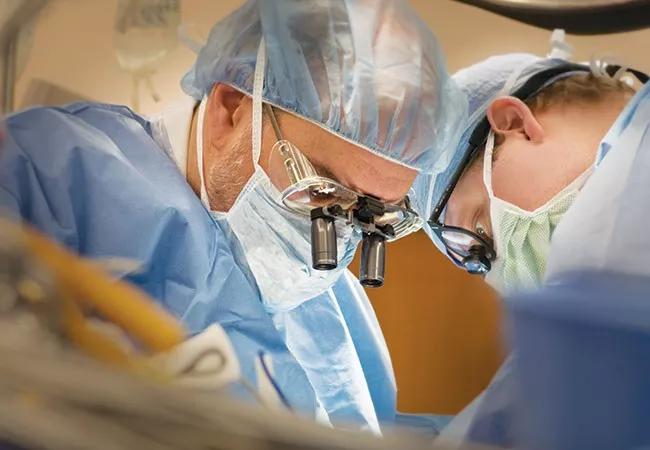Recommendations for urological surgery during an uncertain time

In the COVID-19 era, tertiary care centers have had to prioritize surgical cases to better allocate resources for patients and care teams most affected by the surge.
Advertisement
Cleveland Clinic is a non-profit academic medical center. Advertising on our site helps support our mission. We do not endorse non-Cleveland Clinic products or services. Policy
Given the unprecedented circumstances, in many cases, no such prioritization guidelines exist within urology, or other subspecialty fields. To address this need, urologists at Cleveland Clinic developed tier-based recommendations for urgency in urologic surgery. Their recommendations were recently published in the Journal of Urology.
Howard Goldman, MD, urologist, Vice Chairman for Quality in Cleveland Clinic’s Glickman Urological & Kidney Institute and co-author of the journal article, notes that while the team was aware certain cases would be delayed, they wanted to approach this process judiciously. The tiered system is structured from zero through four — representing cases from most to least essential. Dr. Goldman notes that these recommendations complement the guidelines released by the state of Ohio.
“We provide care for a large volume of patients who come from all over for treatment. We wanted to scale our surgical operations as needed to meet the immediate needs of the pandemic while also avoiding shutting down our operating rooms overnight,” says Dr. Goldman.
As soon as the Ohio Governor’s Office made the announcement to halt non-essential surgeries, the team stopped performing tier four procedures. When growing demand for COVID-19 care required that more anesthesiologists be cross-trained in the ICU, urologists at Cleveland Clinic pulled back on tier three procedures. As of Apr. 7, the team has only been performing tiers zero, one and two.
Providers must also assess what is feasible from region-to-region. In hard-hit areas like New York urologic teams may only have capacity for emergent surgeries. This tiered structure allows for greater adaptability in care. For parts of the country less inundated with the virus, there may be potential to scale cases accordingly.
Advertisement
Dr. Goldman says that this structure will also help the team prioritize care for their patients once we are on the other side of the COVID-19 pandemic. “As resources become available and we begin to rebound from the pandemic, the first cases that will go back on the schedule will be tier three, followed by tier four,” he says.
When developing this system, Dr. Goldman and Georges-Pascal Haber, MD, PhD, Department Chair of Urology at Cleveland Clinic, solicited feedback from section heads and colleagues within the Glickman Urological & Kidney Institute, as well as from peers at other institutions in order to best prioritize surgeries based on collective clinical knowledge. Dr. Goldman stresses that the final recommendations are based on both anecdotal and evidence-based research.
Dr. Goldman is hopeful that these recommendations will provide insight for colleagues in urology, even though circumstances are varied based on where they practice.
“Our hope is that this may prevent our peers from having to start from scratch on making some of these decisions,” he says. “This serves as a framework that can be used to prioritize surgical intervention during a time of great uncertainty.”
Advertisement
Advertisement

Pediatric urologists lead quality improvement initiative, author systemwide guideline

Fixed-dose single-pill combinations and future therapies

Reproductive urologists publish a contemporary review to guide practice

Two recent cases show favorable pain and cosmesis outcomes

Meta-analysis assesses outcomes in adolescent age vs. mid-adulthood

Proteinuria reduction remains the most important treatment target.

IgA nephropathy is a relatively common autoimmune glomerular disease that can be diagnosed only by biopsy

Oncologic and functional outcomes are promising, but selection is key